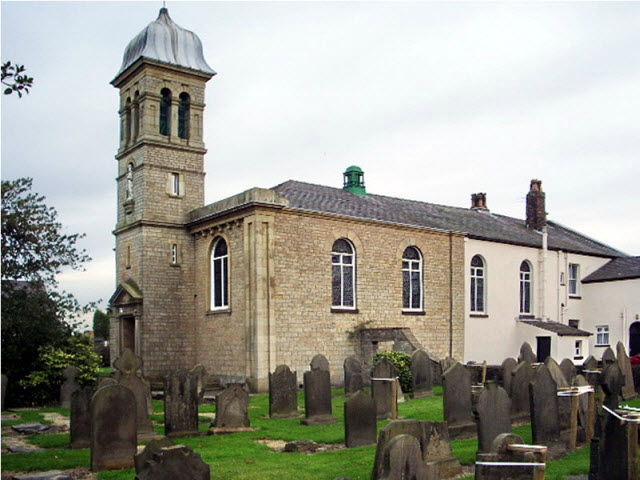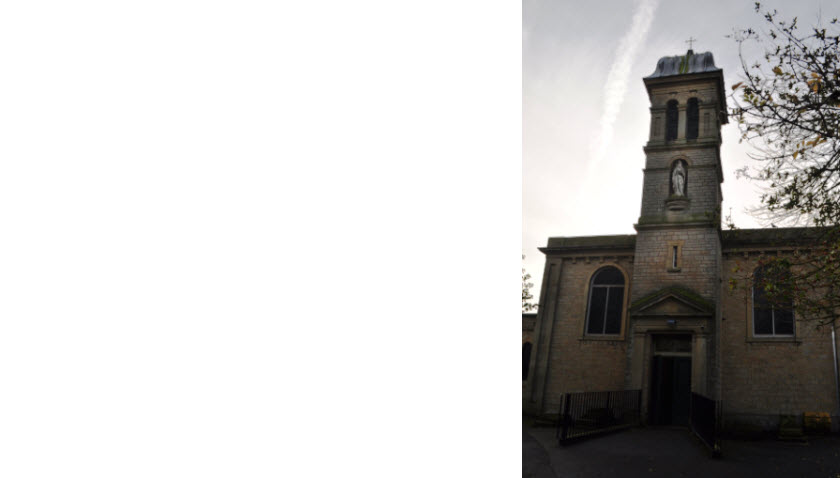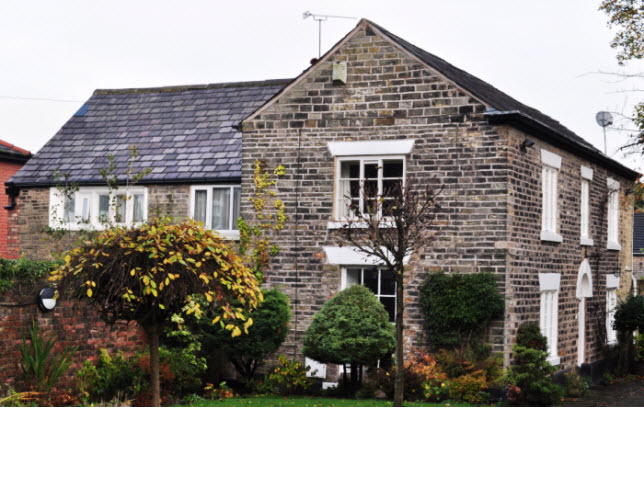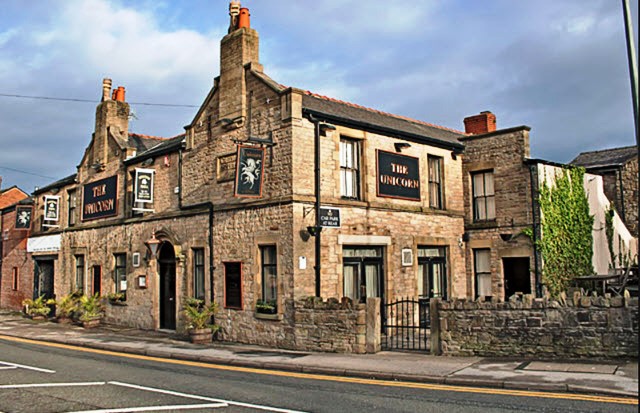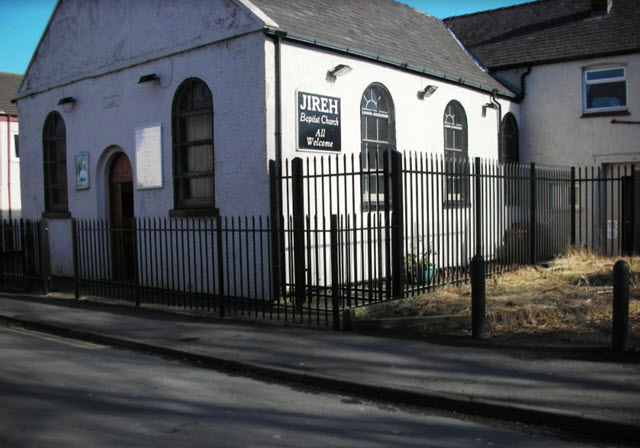Church of St James
St James Road, Orrell
Description
The mission at Orrell goes back to 1699. The present building originated in 1805 as a typically plain pre-Emancipation chapel, hidden away behind the priest’s house. It was doubled in size in the 1840s. The addition of a bell tower in 1882 from designs by James O’Byrne (in untypical classical mode) proclaims the revived confidence of the Catholic Church in the later nineteenth century. The church stands in an extensive burial ground and forms a good group with its associated presbytery and school buildings.
This is an area strong in recusant history. In 1699 the Rev Thomas Young of Orrell leased five acres of land at Crossbrook, near to what is now St John Rigby College, and a mission was established serving the area south of the Douglas River, centred on what is now Orrell Hall and Farm. About 1804 the Rev Thomas Kaye took over the mission and secured a site at Moor Ditch, Far Moor, where a purpose-built chapel and house, called Serenus Place, were built in the following year. These followed the conventional pre-Emancipation pattern of a small and low-key chapel built behind a house of Regency character. The dedication of the church to St James can be interpreted as a sign of Jacobite sympathies.
The house and chapel survive today. The chapel was doubled in length in or soon after 1841. The original building has rendered walls, and the extension exposed stonework. The enlarged church was fitted with a western gallery. It may also have been about this time that the cottage extension mentioned in the list description was built. In 1848 a parish school was built on the edge of the churchyard. It was enlarged in 1871. In 1882 (not 1870 as stated in some sources) a new (liturgical) west tower and belfry were added, from designs by James O’Byrne. The architect’s drawings are in the archdiocesan archives. In 1905 a new floor was laid in the church, as well as new oak benches and altar rails. It is possible that the coloured glass windows, all of an identical design, were also installed at this time. In 1922 a memorial chapel dedicated to the Sacred Heart (now St Joseph) was added on the liturgical south side. Its Caen stone altar cost £1,500.
In the early 1960s Canon Baybutt reordered the sanctuary, blocking the door to the presbytery in the (liturgical) east wall and placing an altar to the Sacred Heart in this position. A Lady altar was installed in the corresponding position on the other side of the sanctuary. The statues are from the Tyrol. In addition to this he installed a new marble high altar and redecorated the sanctuary. This altar was later brought forward to allow for westward celebration. The 1905 altar rails have been removed, probably at the time of this reordering.
Source: TakingStock

